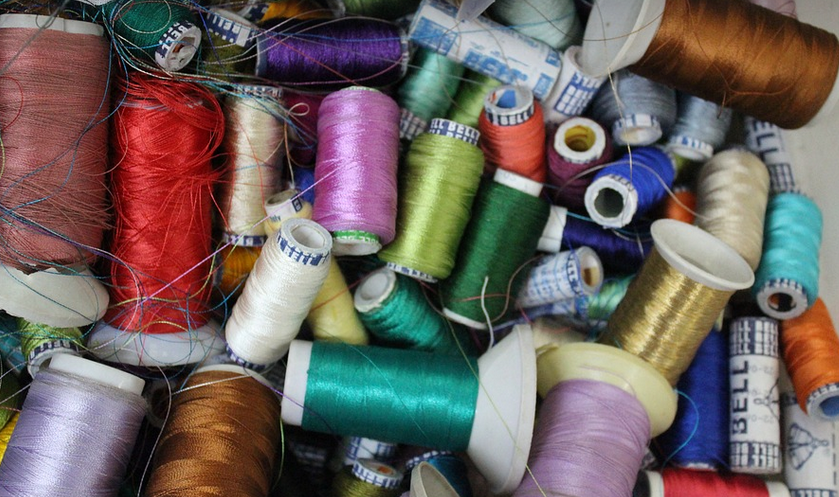Unmasking the Fashion of a Bygone Era
Imagine stepping back in time, to the misty highlands of 10th century Scotland. The air carries the scent of heather and peat smoke, while rugged mountains stand guard over ancient clans. But what about the people themselves? What did they wear? What were their lives like beneath that rough-hewn exterior? Today, we delve into the fascinating world of 10th century Scottish clothing, exploring its unique characteristics and shedding light on the daily life of those who called this land home. Clothing in the 10th century was far from a uniform experience. Social standing played a significant role, with garments often serving as markers of wealth, status, and even political affiliation. However, common threads do emerge when looking at what people wore: layers upon layers, practicality above all else, and a deep connection to nature’s bounty.
The First Layer: A Foundation of Protection
At the very core of 10th century Scottish attire lay a practical necessity – protection from the elements. Imagine draping yourself in thick woolen undergarments made from sheepskin or even alpaca wool. These would serve as an insulating layer against the chilling winds and frigid nights, providing warmth against the unforgiving winter.
The Middle Layer: A Balance of Comfort
Beneath these foundational layers, inhabitants of Scotland often wore a linen-based middle layer, known as a ‘keel’. This woven fabric was not only comfortable but also provided additional insulation from the cold. It would have been lighter and less cumbersome than wool, allowing for greater freedom of movement.
The Outer Layer: Adapting to the Terrain
Finally, a heavier wool garment would add a layer of protection against harsh weather conditions. These garments were often thick enough to be worn on their own in milder weather, offering protection from rain and wind. In colder months, they could be layered with an additional fleece or fur-trimmed cloak for added warmth.
Hats: Keeping the Head Warm
The head was another critical area of concern, as cold temperatures often led to headaches. Wide-brimmed hats made from wool and feathers were a staple in 10th century Scotland. The wider brim offered protection against the sun’s rays while also helping to insulate the head from the chill.
Footwear: Walking on Uncharted Territory
The footwear of 10th century Scotland was equally as diverse as the people themselves. Leather boots, often reinforced with animal hides and fur lining, were a common choice for both men and women. These boots offered protection from harsh terrain, allowing for easy movement on uneven ground and slippery surfaces.
A Symbol of Status: The Significance of Colors
Beyond the practicalities, clothing also served as a powerful symbol of status and clan affiliation. Colors were not merely decorative accents but often indicated membership in specific groups or clans. For example, green and blue hues might signify belonging to a particular clan, while red could suggest loyalty to a king or chieftain.
Beyond the Fabric: A Cultural Tapestry
Clothing in 10th century Scotland was not just about staying warm; it was an integral part of their cultural tapestry. Each garment, from the intricate patterns on a cloak to the vibrant colors of a woolen tunic, spoke volumes about its wearer’s identity and social standing.
A Legacy of Resilience: The Enduring Influence
The legacy of 10th century Scottish clothing extends beyond the passing of time. It continues to fascinate historians and fashion enthusiasts alike, offering a glimpse into the lives of those who lived in centuries past. Even today, we see echoes of their aesthetic sensibilities in modern-day attire, where functional design and vibrant colors continue to hold their own on the global stage.
Exploring Further: Delving deeper
To truly understand the world of 10th century Scottish clothing, one must delve into the realm of archaeological findings and historical accounts. These provide invaluable insights into the lives of those who lived in this fascinating era. Museums and archaeological sites across Scotland continue to offer stunning glimpses into the past, allowing us to unravel the mysteries of this bygone era through tangible artifacts and eyewitness accounts.
